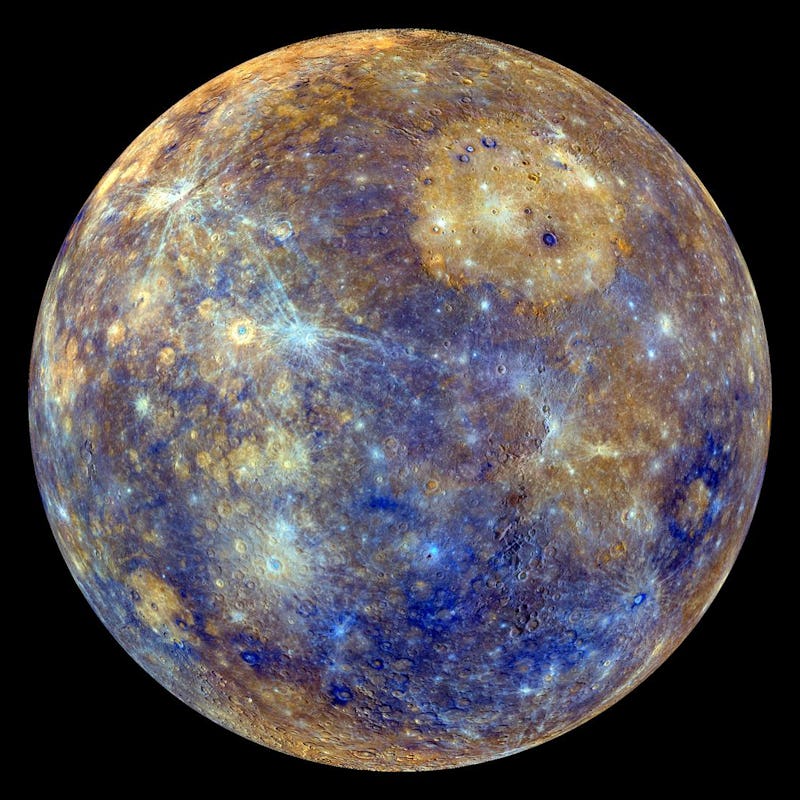Sky guide
October 2022 sky guide: 5 astronomical events you can't miss
Multiple meteor showers, a visit from Mercury, and more.

NASA
The planet will appear in the twilight hours, just before sunrise.
And while its greatest western elongation is on October 8, you’ll be able to spot Mercury in the sky all month as it gradually gets brighter.
4. Draconid Meteor shower
This year, the Draconids peak between October 8 and 10, and will be most visible in the early evening.
Robin Lee/500px/Getty Images
While they won’t be the boldest or brightest meteors to streak across the sky, the Draconids offer a steady show to kick off a busy season of meteorite showers.
The Hunter’s Moon overlaps with the Draconid Meteor Shower this year, so moonlight might wash out the sky if you’re trying to see shooting stars.
2. Orionid Meteor Shower
The most spectacular meteor shower of the month peaks on the evening of October 21 to 22, dropping up to 20 meteors per hour.